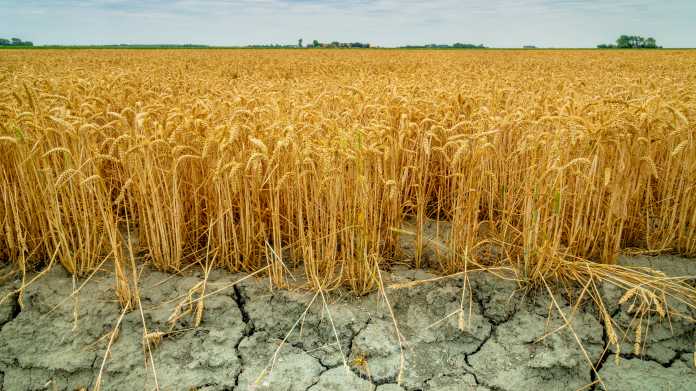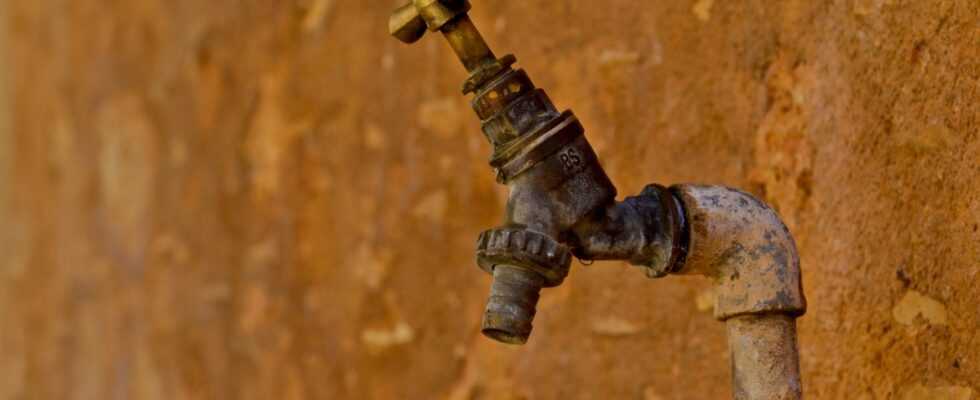When Ahsan Rehman graduated from one of the best engineering universities in Pakistan in 2016, he knew he wanted a job that could help people. He didn’t have to look far for inspiration. In his family home in Karachi, water often did not come out of the city pipes for days. Originally they dug a well that led into the aquifer below the city. When this began to dry up, they tried to supplement their supply with the help of the city water delivery trucks.
Eventually, the family decided to dig an even deeper well, out of necessity, knowing that the city’s groundwater supply would be even more jeopardized if everyone around them did the same. “It’s like a competition in which everyone loses in the end,” says Rehman. “I feel really bad about having to do this, but I have no other choice.”
Water crisis in Pakistan
Pakistan is consistently named as one of the countries most at risk of a water crisis. It rains more than before, but not as often, so that the groundwater reserves are difficult to replenish. Hotter temperatures increase evaporation and make crops thirstier. In the end, snowmelt and glacier melt, the country’s two major water sources, will shrink into a trickle.
But Pakistan has a water problem not only because of climate change. According to water conservationists, a mixture of mismanagement, groundwater depletion and insufficient water storage has brought the system to a precarious point. Nowhere is this more evident than in Karachi, Pakistan’s most populous city, where hundreds of millions of liters of water are missing every day. Nevertheless, the water price is consistently too low. Consumption is not metered and many sources are not regulated.
Concerned about the future of water in the city, Rehman started working for the tech startup AquaAgro, which was founded in 2016. The company’s goal was simple: data should help farmers make better decisions about irrigation plans. A thumb-sized soil measuring device in a solar-powered box monitored weather conditions such as temperature, humidity and pressure and measured the moisture content of the soil. The data was uploaded to a portal and farmers received mobile notifications as to when to water their crops.
In the AquaAgro pilot farms, crop yields rose by 35 percent and water consumption fell by 50 percent. But when Rehman and his colleagues approached the farmers about their product, they found that only a few were interested in it. “It wasn’t a viable financial model,” says Rehman. “Because the price of water was so cheap, the farmers weren’t motivated to reduce their water consumption.”
Much of the city’s water is stolen
But water is no longer the abundant resource it once was. Farms around Karachi that relied solely on groundwater to grow their crops today take advantage of everything from sewage streams to water trucks to stolen surface water. Karachi’s largest water company has complained that much of the city’s water is stolen from a 3,200 km long canal system that distributes water from a lake about two hours outside the city. “It is common knowledge that water is being used by farms, amusement parks and people in informal settlements, among others,” says Farhan Anwar, a city planner from Karachi. However, it is “difficult to find documentation on this”.
Rehman had hoped that AquaAgro could help deal with Karachi’s water crisis. If the town’s farms used less water, there might be something left for his children and their children. But in late 2019, the AquaAgro team concluded that their product may never be profitable. Their funding streams dried up and it soon broke up.
Next attempt to save the water supply
However, the team’s ideas have not been forgotten. The start-up Crop2X, which was created in the same incubator as AquaAgro, is also working on data-driven modernization options for farmers. The company uses sensors and satellite images to find out which parcels are not generating the maximum yield. “With the help of satellite images, we were able to identify pests and reduce the use of fertilizers,” says founder and managing director Laeeq Uz Zaman. “This is information that is very valuable to farmers.”

Uz Zaman hopes that a decoy tactic can work: if he convinces farmers to buy a product they want – because it helps them cut their fertilizer spending – they may also adopt strategies to reduce water consumption. In its weekly reports to customers, Crop2X specifies water recipes, some of which are based on the data-based program developed by AquaAgro.
The overall direction of the company seems to be working for the moment. Currently, more than 1,500 hectares of arable land are cultivated using the company’s services. It should be 4,000 hectares by 2025. The start-up has begun rolling out pilot programs on large farms in the hopes that owners will see the benefits of its methods. However, according to Uz Zaman, the biggest obstacle to his plan is the average farmer, who doubts that less water can lead to better harvests.

(vsz)

